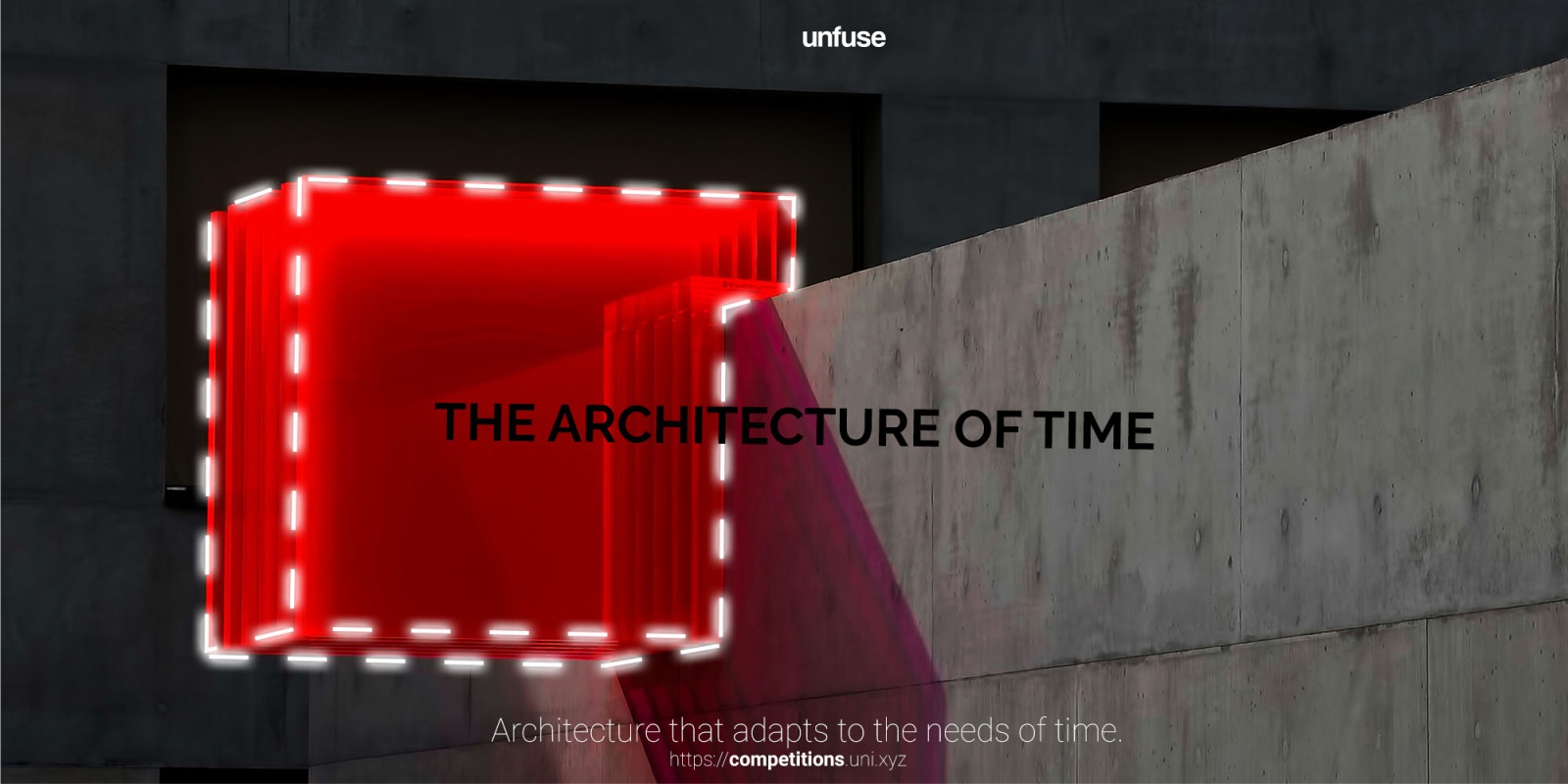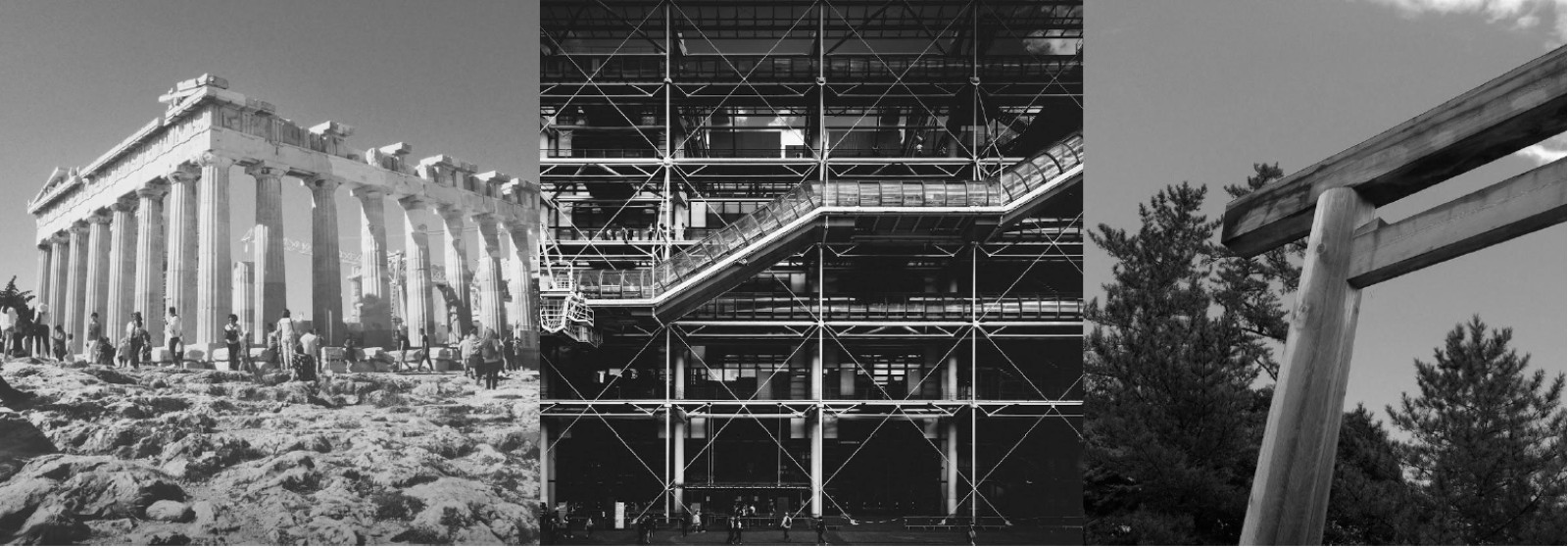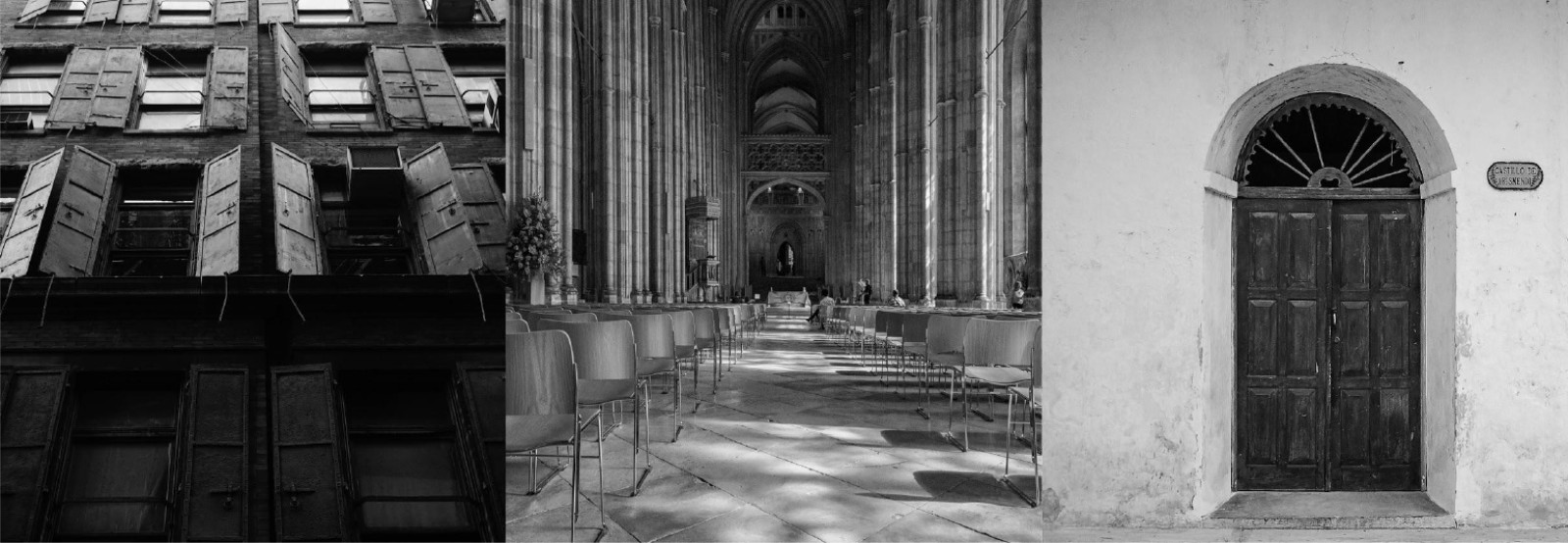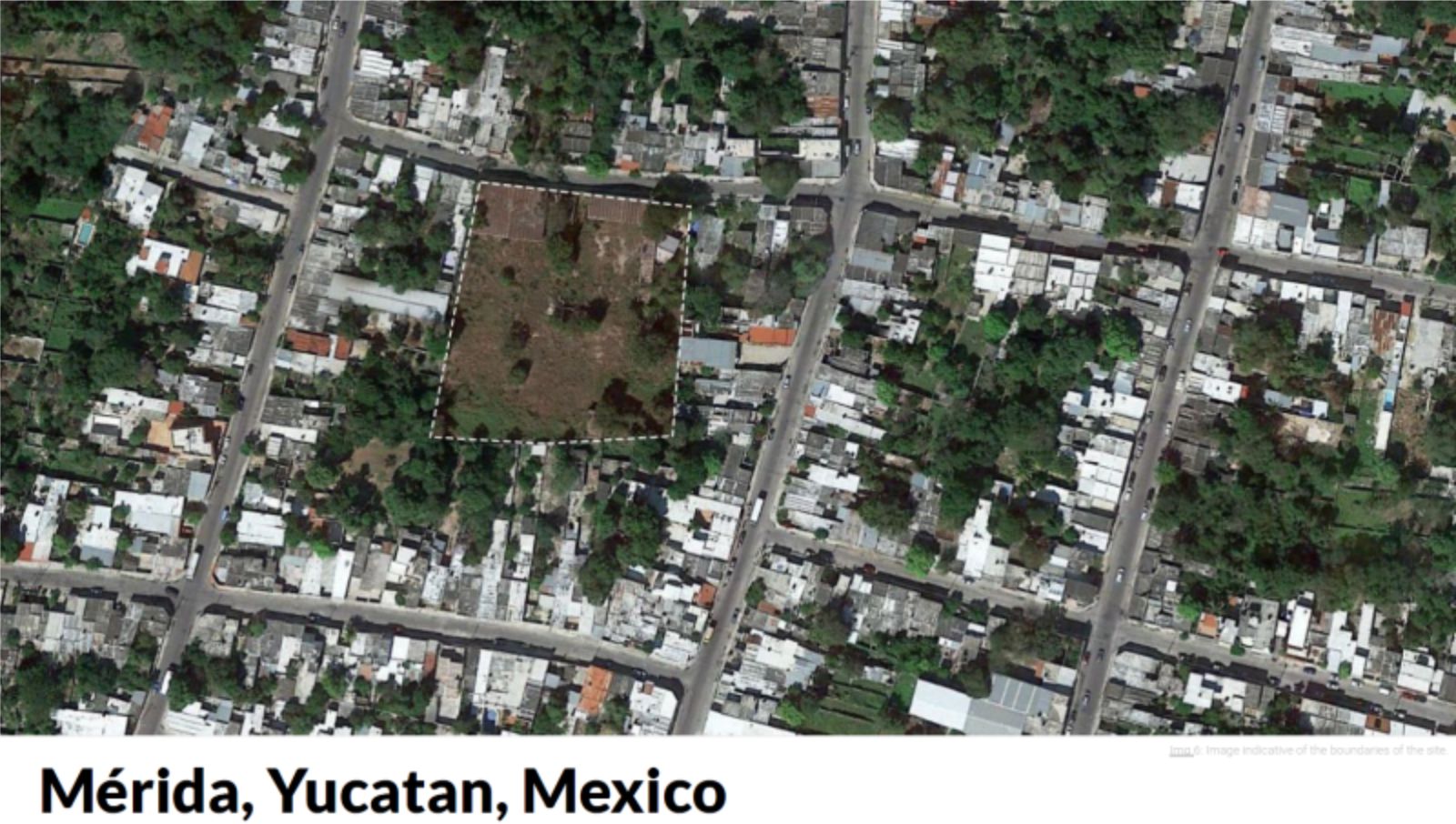Only a few man-made artefacts/ forms/ organisations survive several decades or even millennia. Most of these are not built with the intent of longevity, but are mostly accidents of time and history. Often defined by constant change, buildings thrive for expansive spans of time, contents with in them evolving and adapting to the needs of time, playing a key role in the community until it can no longer turn over to serve a purpose.
Eventually leading to its dysfunction. But why do we rely on accidents to evade the long drawn out decay of built forms? What crucial factors are we missing in order to be able to take this decision ourselves? What elements are we ignoring that would act as a catalyst to extend the lifeline of a building? Are all elements that contribute to successful design entirely tangible? Consider ‘time’.
Society always functions in flux. Consider constantly evolving ‘user needs. Think about how all three of these interact to define built forms. Look in to how programmes are designed and outlined. Why is it that we focus so much on the now, that we do not stop to maybe think that even a tiniest user function or need might change? Why do we scrimp on even the least bit of space to change?
Challenge
Understanding how multiple factors contribute to the longevity of a built form, and how not all of them might be tangible, change and time come into focus. Hiding in plain sight, time and change don’t come one without the other. Slow to begin and then all at once, change shifts and transforms, clear only in ways that only a time-lapse spanning a decade could unfold.
Simultaneously navigating the grasp of time and change are constantly evolving societies, user needs and functions. Like change and time, the act of learning is something that remains constant. Design Challenge: To develop an architectural concept that encapsulates the existence of a building as a process – in a case example of a skills development centre.
Site
The State Capital of the Yucatan Peninsula, Merida is a prime location for economic growth and investment (seen by the Yucatan state economy growing at three times the national average). However, the rapid influx of population into the city due to the increase in economic activity has led to unplanned and unchecked development.
Urban poverty and an uneven distribution of resources and services can be seen can be seen in certain pockets of the city. Traditionally having been isolated from the rest of the country by geography, creating a culture unique to the region, today Merida also the Cultural Capital, an active hub of cultural centres, museums, art galleries, restaurants, movie theatres, shopping malls, and leisure facilities.
5.4 Km from the International Airport (Aeropuerto Internacional de Mérida Manuel Crescencio Rejón), the site is in the heart of Merida – the Centenario, one of the most expansive historical centres in the Americas. The neighbourhoods of Mérida, much like the rest of the region has managed to retain its Mayan, Spanish, French, British, Lebanese roots, and is home to highest percentage of indigenous population within any large city in Mexico. Source and images Courtesy of competitions.uni. https://competitions.uni.xyz/
- Judges
- Pablo Pérez Palacios
- Chief Architect, PPAA, Mexico
- Pedro Ramírez de Aguilar
- Director/ Founder, RA!, Mexico
- Chad Oppenheim
- Principal & Lead Designer, Oppenheim Architecture, United States
- Timeline
- Launch: January 31, 2020
- Submission Deadline: 28th Jul, 2020
- Public Voting begins: 18th Aug, 2020
- Public Voting ends: 12th Sep, 2020
- Result Announcement: 24th Sep, 2020
- Prizes
- Prize: pool of worth 20,000$
- First Prize: 5000$ (For students and professionals)
- Runner Up: 6 x 1100$ (For students and professionals)
- People’s Choice: 4 x 600$ (Open for all)
- Honourable Mention: 12 x 500$ Each







